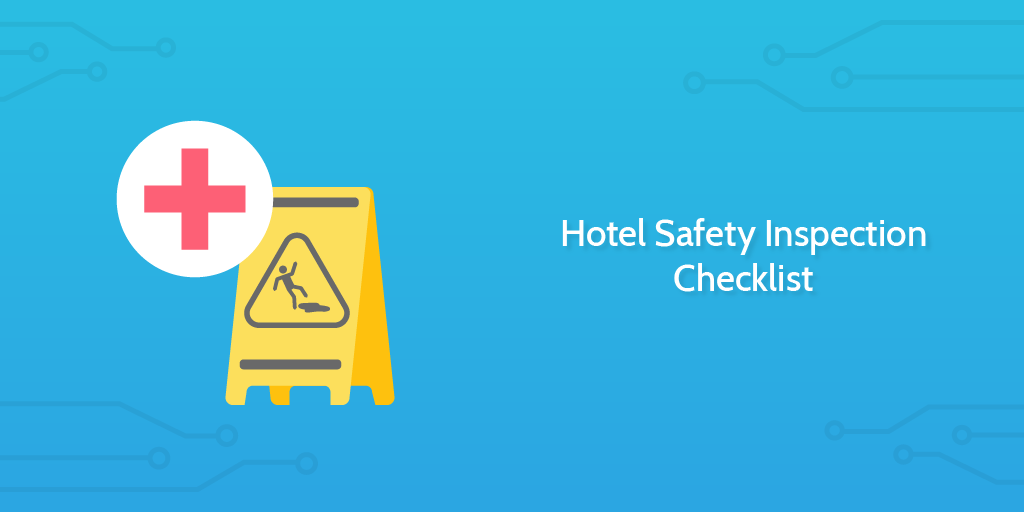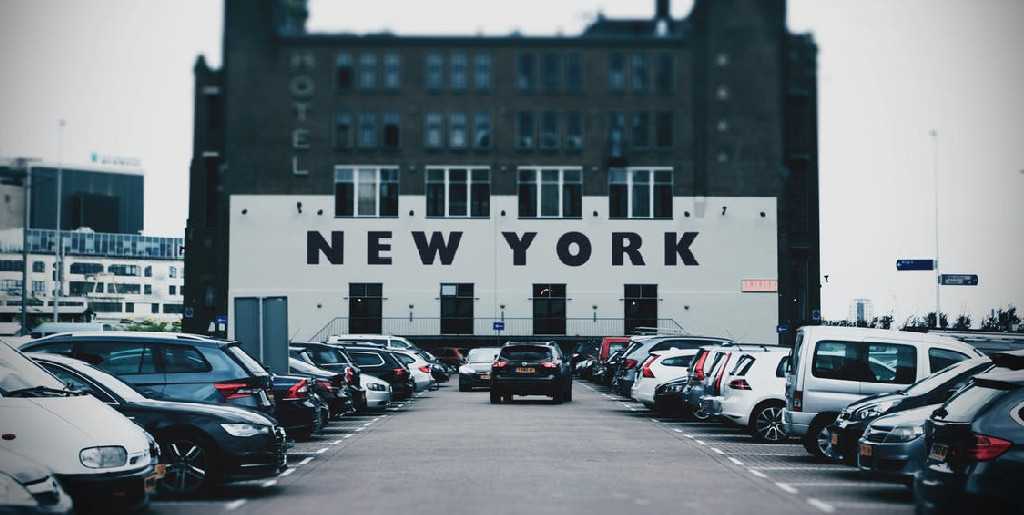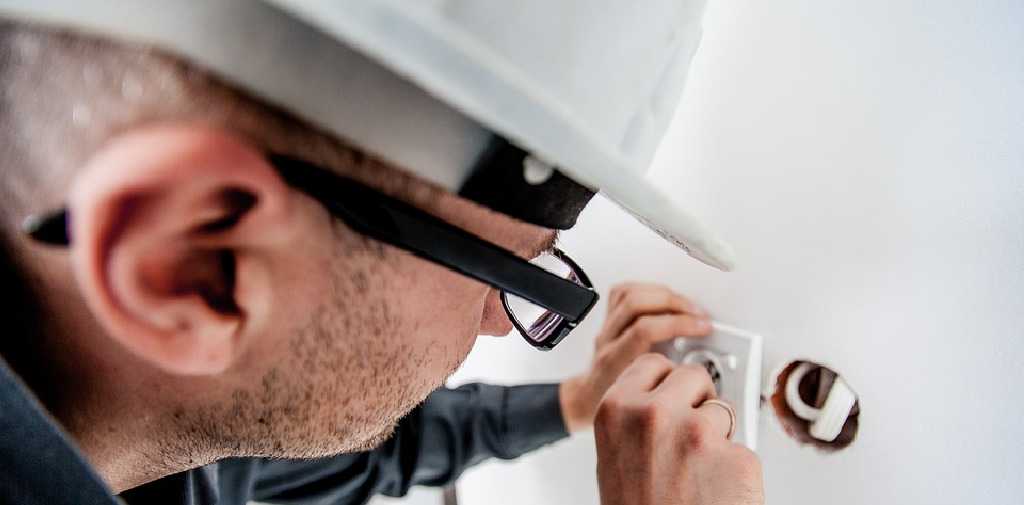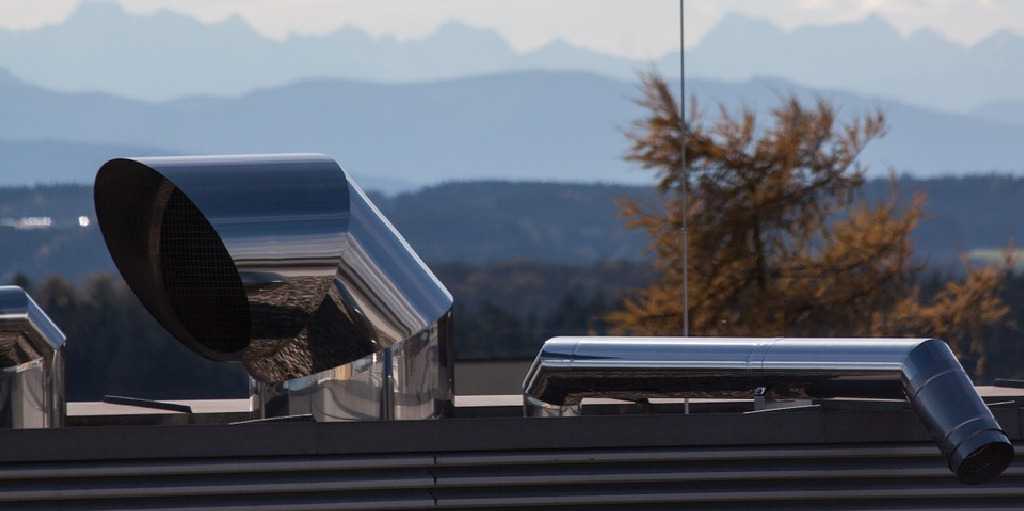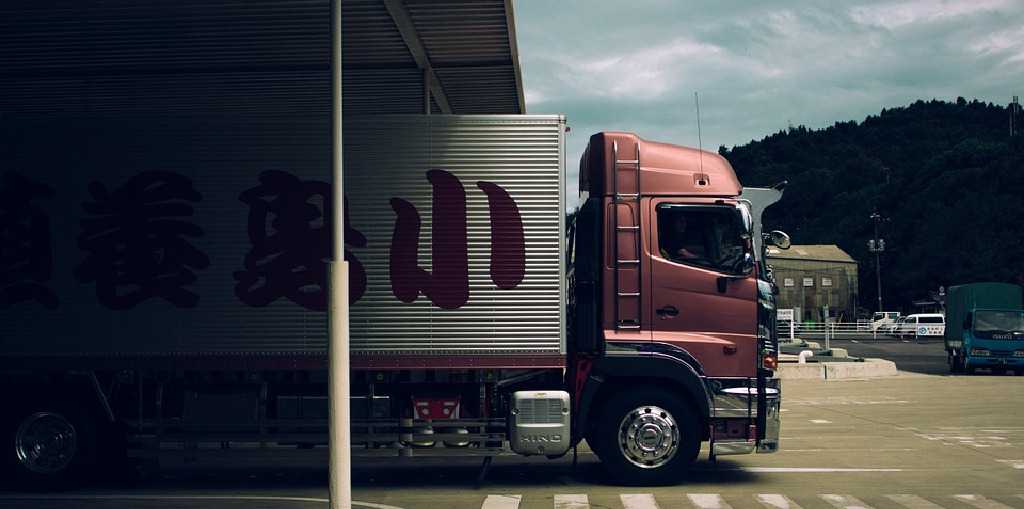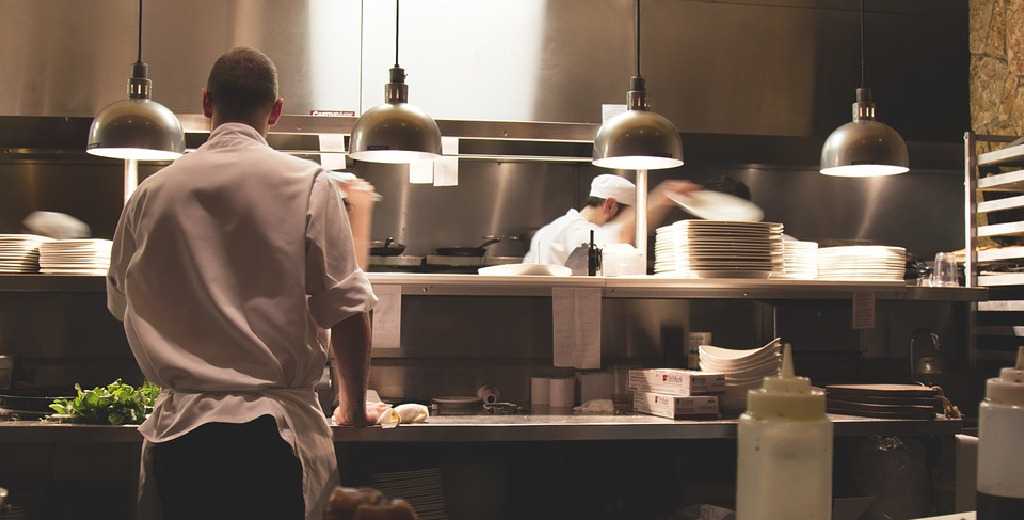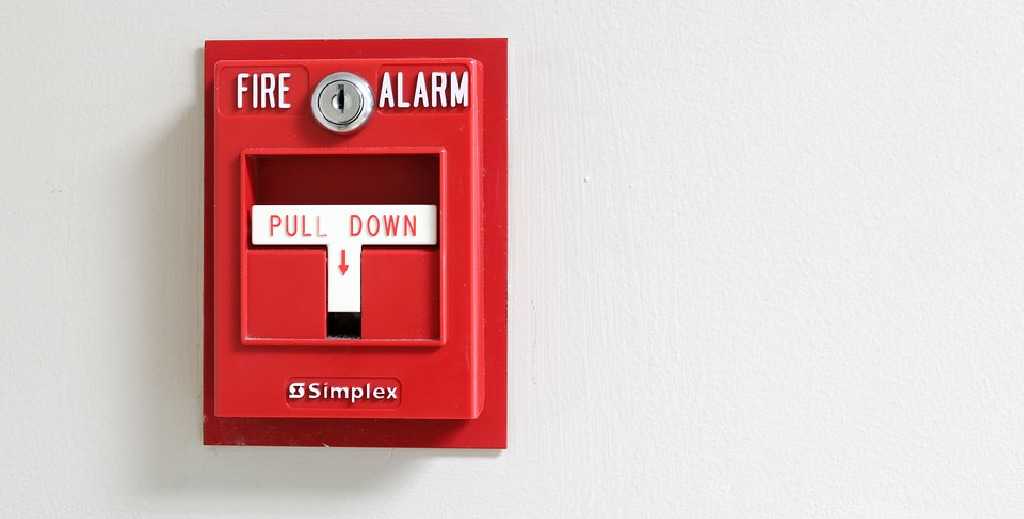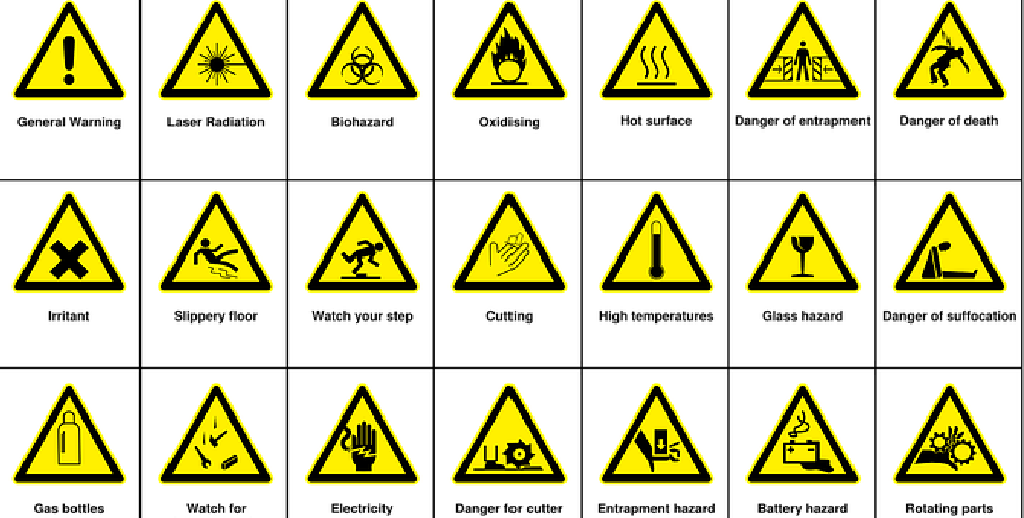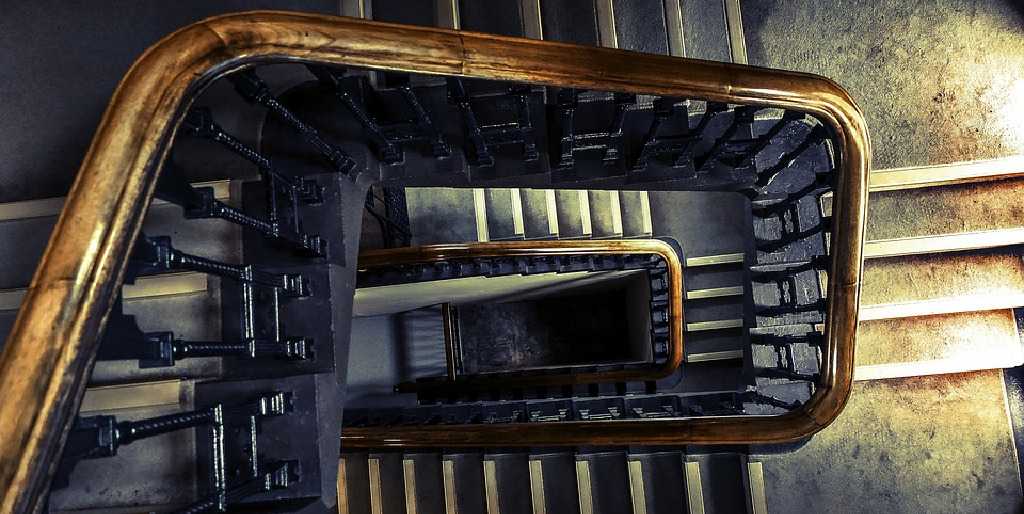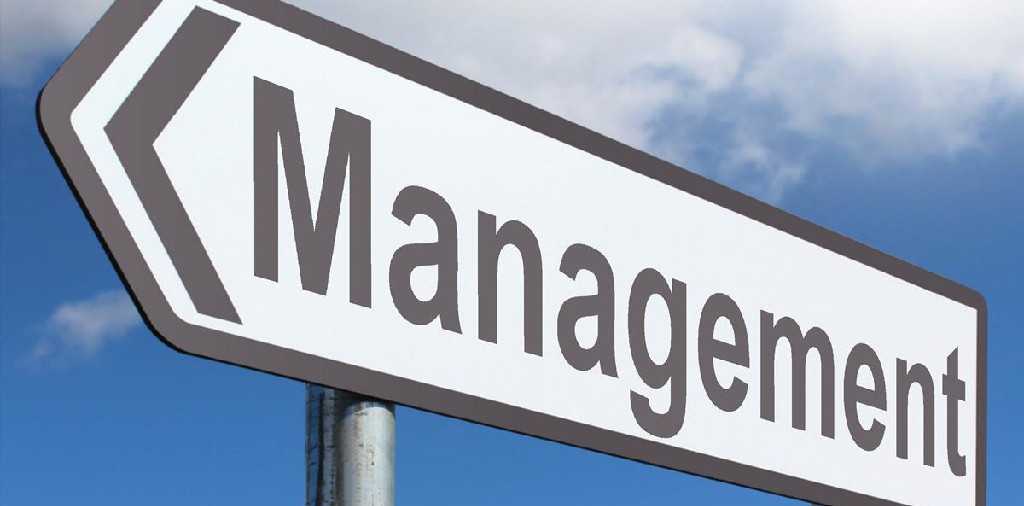Process Street's Hotel Safety Inspection Checklist outlines the specific safety criteria that constitute a safe and protected working environment for both employees and guests.
This Hotel Safety Inspection Checklist outlines the specific safety criteria organized into appropriate subcategories, outlined below:
- Exteriors
- Doors and Exits
- Electrical Systems
- Heating, Cooling, and Ventilation
- Lighting
- Plumbing
- Receiving Dock or Entry
- Food Storage
- Food Preparation
- Equipment
- Fire Prevention
- Transportation
- Warewashing
- Garbage and Solid Waste Storage
- Floors
- Raised Areas, Stairs, and Ramps
- Serving Areas and Dining Room
- Employee Job Practices
- Management Practices
Process Streets Hotel Safety Inspection Checklist has been designed to adhere to Grosslight Insurance. Inc Hospitality Safety Inspection Checklist.
A hotel has a responsibility to make sure both employees and guests are safe. Unacceptable workplace safety regulations can lead to costly employee absences and damaging immoral principles.
When under pressure, and at busy times, it is easy for breaches in safety to go unnoticed, and for mistakes to not be identified. The consequences of such can be serious. 5,190 employees were reported by the U.S. Occupational Safety and Health Administration (OSHA) to have been killed on the job in 2016.
This Hotel Safety Inspection Checklist provides the answer for you to minimize safety breaches and mistakes. At Process Street, we recognize the checklist as a powerful tool to increase efficiency and fight against human error.
This checklist should be completed on a weekly basis to ensure the hotel's operations are in line with the required safety standards, and no safety hazards go unnoticed.
At the beginning of this checklist, you will be presented with a set of specialized questions designed to make sure safety requirements have been met by the hotel. The questions are given as sub checklists, which for each, you will be able to leave notes and record your conclusions.
Once this checklist has been completed, the data entered combines to produce a final Hotel Safety Inspection report.

